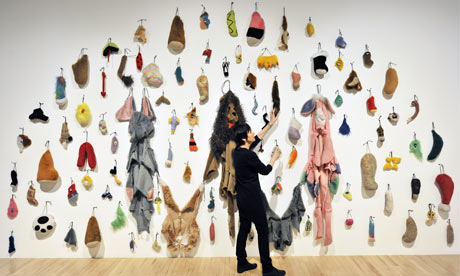Mark Cohen
Mark Cohen was born in 1943, in Wilkes-Barre, Pennsylvania. Cohen attended Penn State University as well as Wilkes College. Although, Cohen was almost completely self taught. Cohen received his first camera at age thirteen from his cousin Sylvia. In 1966, Cohen opened a commercial studio. Cohen’s first photography exhibit was in 1969, Vision and Expression. Cohen has also been awarded two Guggenheim Fellowships. Cohen has permanent collections of work at the Metropolitan Museum of Art, the Whitney Museum of American Art, and the George Eastman House.
Cohen is known for his street photography. Cohen shoots mostly wide-angle photographs of people from his hometown, Wilkes-Barre (a coal mining town), and Scranton, PA. According to Cohen, “I was trapped there for the next fifty years and became a surrealist because I kept walking around the same blocks. I took a picture of a guy’s shoe. I don’t know what I was doing exactly; I was just being led by whatever I saw.” Cohen took photos of streets and people he would just run into. Cohen said, “With the flash in the one hand and the camera in the other, I would be looking at somebody’s ear. And click.” Cohen would just go up to people and photograph things and people that attracted his eye. Police would often visit Cohen, due to the people who would be upset with Cohen taking photographs of them on the street.
Cohen’s photographs especially the photos that are featured in his book “True Color,” appear to be similar to documentation. Cohen’s photographs make me think that most “hometowns” during this era of 1970s-1980s would have similar events and people around. I am attracted to the casualness to Cohen’s work.
Mark Cohen, Family Walking, 1977
Young, Limbs, 1981
Mark Cohen, American Taxi, 1975-7
Mark Cohen, People on Porch; 65, 63, 1977
Mark Cohen's last exhibit was in 2005, at Grim Street Bruce Silverstein Photography in New York. However, Cohen has permanent collections of work at the Metropolitan Museum of Art, the Whitney Museum of American Art, and the George Eastman House.
Interview with Cohen: I could not find
Although I could not find an interview link, here is a link to a you tube video of Mark Cohen talking about his work, and films him while he walks around taking his "Street Photography."
Text: Mark Cohen: True Color, Powerhouse Books, Brooklyn, NY
(Cohen's book, based on color photography he completed throughout the 70s, and 80s.)
Works Cited
Mark Cohen (photographer). Wikipedia. 26 June 2010. 21 September 2010. <http://en.wikipedia.org/wiki/Mark_Cohen_(photographer)>.
"Mark Cohen: True Color." Powerhouse Books. Brooklyn, NY 2007.




















